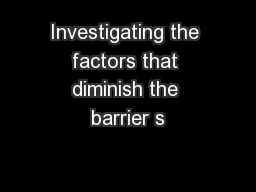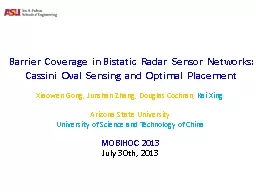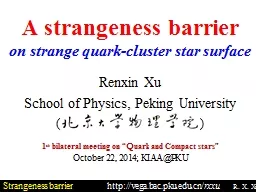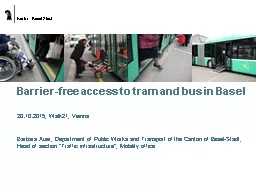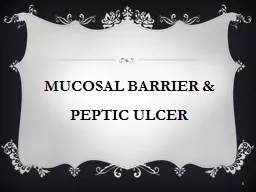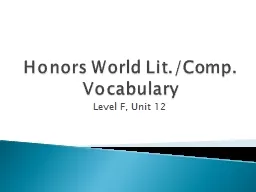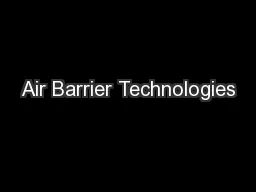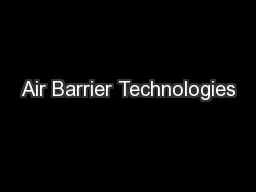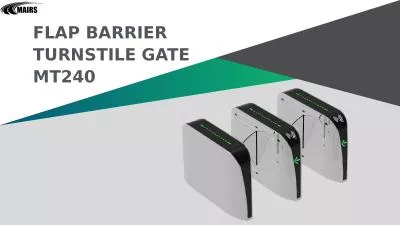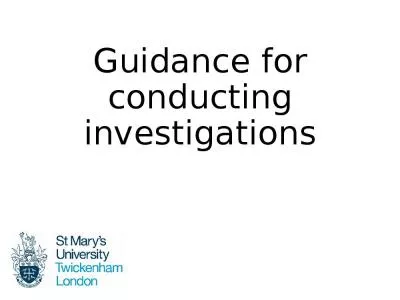PDF-Investigating the factors that diminish the barrier s
Author : briana-ranney | Published Date : 2015-05-29
bruneelimperialacuk asalterimperialacuk Institute of Innovation and Knowledge Management INGENIO Spanish Council for Scientific Research CSIC Po lytechnic Univof
Presentation Embed Code
Download Presentation
Download Presentation The PPT/PDF document "Investigating the factors that diminish ..." is the property of its rightful owner. Permission is granted to download and print the materials on this website for personal, non-commercial use only, and to display it on your personal computer provided you do not modify the materials and that you retain all copyright notices contained in the materials. By downloading content from our website, you accept the terms of this agreement.
Investigating the factors that diminish the barrier s: Transcript
Download Rules Of Document
"Investigating the factors that diminish the barrier s"The content belongs to its owner. You may download and print it for personal use, without modification, and keep all copyright notices. By downloading, you agree to these terms.
Related Documents

